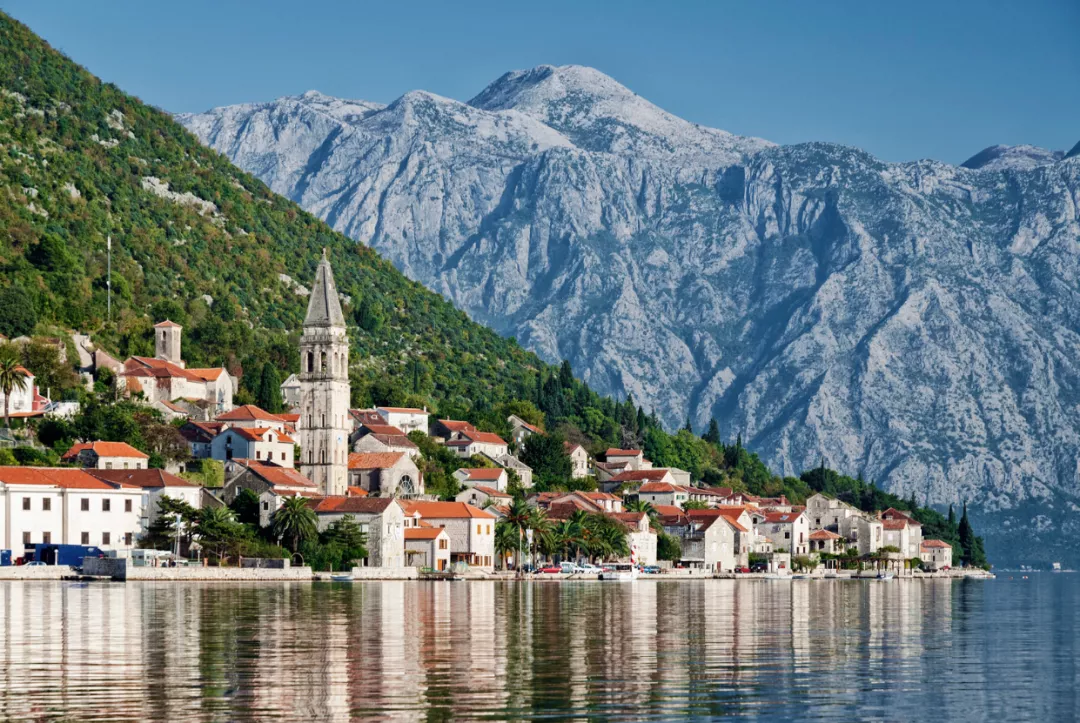Opportunities and challenges for remote rural areas in the European Union
- Rural Pact
- Rural Revitalisation Platform
- Stronger Rural Areas
- Connected rural areas
- Resilient rural areas
- Prosperous rural areas
This policy brief of the EU Rural Observatory shows how remoteness can increase territorial disparities across the urban-rural continuum and proposes a characterisation and a map of remote rural areas of Europe according to the opportunities and challenges they face.

Image by jackmalipan on Getty Images
The Rural Observatory has just published its latest policy brief developed by the European Commission - Joint Research Centre in cooperation with the Directorate-General for Agriculture and Rural Development (DG AGRI) and the DG for Regional and Urban Policy of the European Commission (DG REGIO), entitled ‘Opportunities and challenges for remote rural areas in the European Union’.
In the EU, 37 million inhabitants live in remote rural areas. This is 9% of the EU population living on almost half the land in the EU (177 million ha). This recent publication highlights the concerning trends of depopulation, rapid ageing, and economic disparities in remote rural areas of the European Union (EU). Between 2011 and 2018, these regions witnessed a decline in population by 0.49% annually, which resulted in a reduction of 1.2 million inhabitants. More than 20% of all EU municipalities experienced depopulation, with half of them located in remote rural areas.
Ageing in these regions is a pressing issue, with a ratio of one young person per 2.3 senior residents, more than double that of cities and towns. The brief warns that without immigration, these areas will continue to see their population decrease. Countries such as Bulgaria, Greece, Spain, Italy, and Portugal are particularly affected, with rates well above the EU average.
The loss of population in remote areas not only impacts demographics but also exacerbates the challenge of providing public and private services. The distance to education and health services in remote rural areas is five times longer than in urban centres. The limited access to healthcare and educational services may further contribute to population losses.
Economically, remote rural areas lag behind, with lower GDP per capita, productivity, and economic diversification compared to non-remote regions. Although some areas rely on tourism, particularly in picturesque landscapes like the Pyrenees, Alps, and coastal regions, the economic performance is generally inferior across all sectors.
Connectivity issues add to the challenges faced by these regions. Rural and remote areas lack the broadband speeds enjoyed by urban centres, with more than 45% failing to reach the EU target of 30 Mbps. Poor road transport performance is also prevalent in remote rural areas, affecting 71% of them, particularly in countries like Bulgaria, Greece, Spain, Poland, Romania, and the Baltic and Nordic nations.
Agriculture remains a primary land use in rural areas close to cities, providing essential ecosystem services. However, in remote rural areas, forests and natural areas dominate due to various constraints, hindering agricultural activities. The brief emphasises the importance of preserving natural capital in these regions.
The challenges faced by remote rural areas in the EU are diverse, leading to the classification of three territorial clusters based on socioeconomic conditions, connectivity, and natural capital assets: strong, intermediate and weak. While 2% of remote areas are socio-economically strong, more than half of the EU's remote rural areas fall into the socioeconomically weak cluster, the rest falling in the intermediate category. This highlights the urgent need for targeted interventions to address depopulation, ageing, and economic struggles in the regions that need it the most.
More information